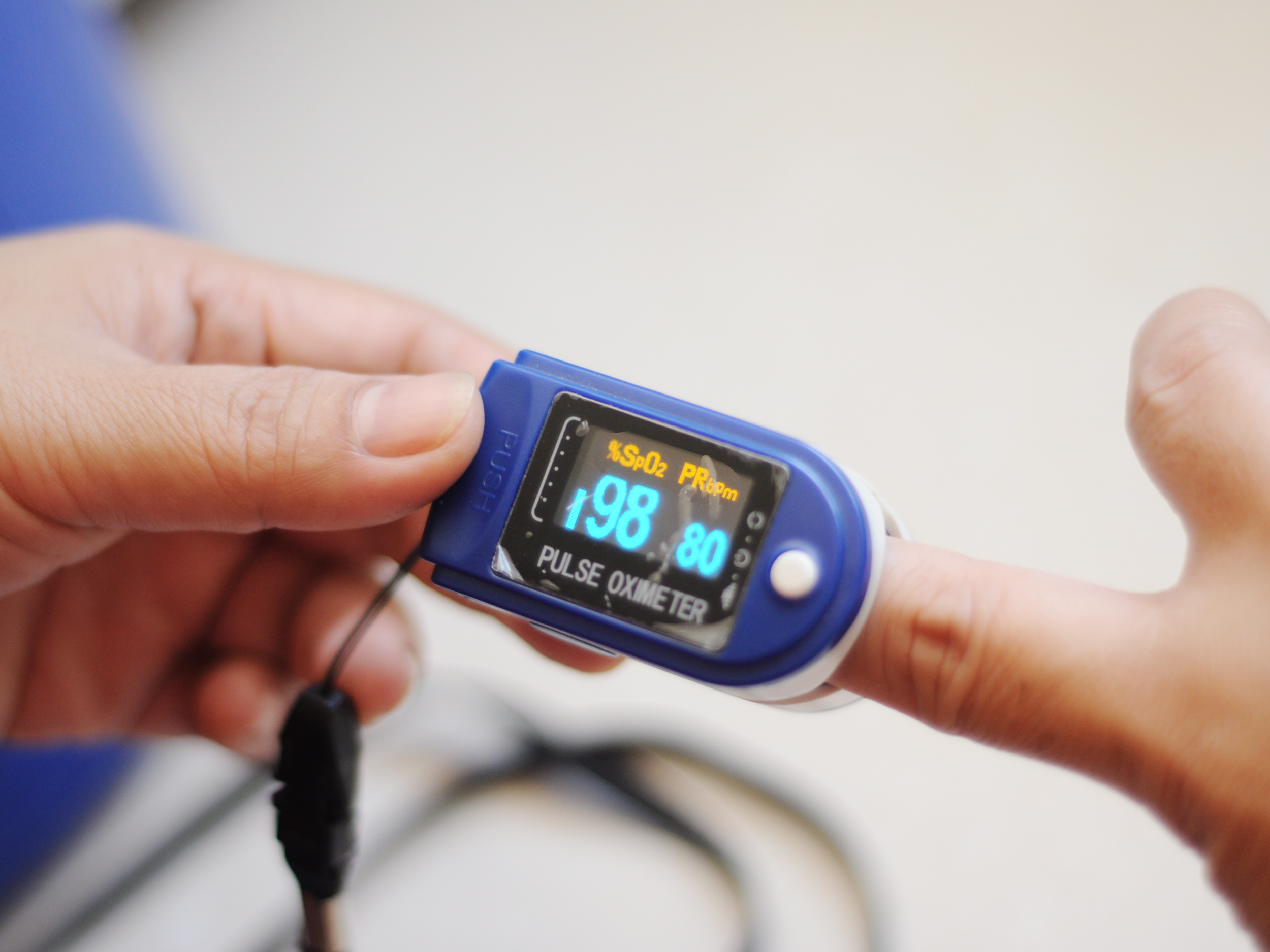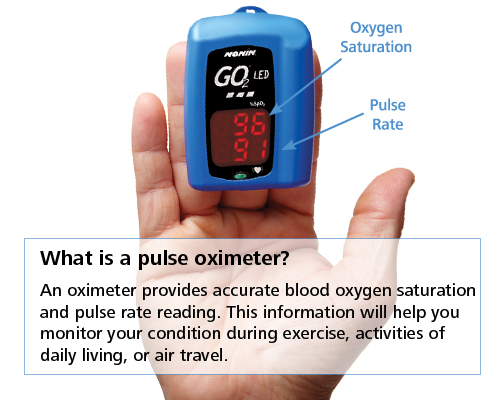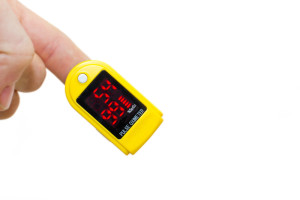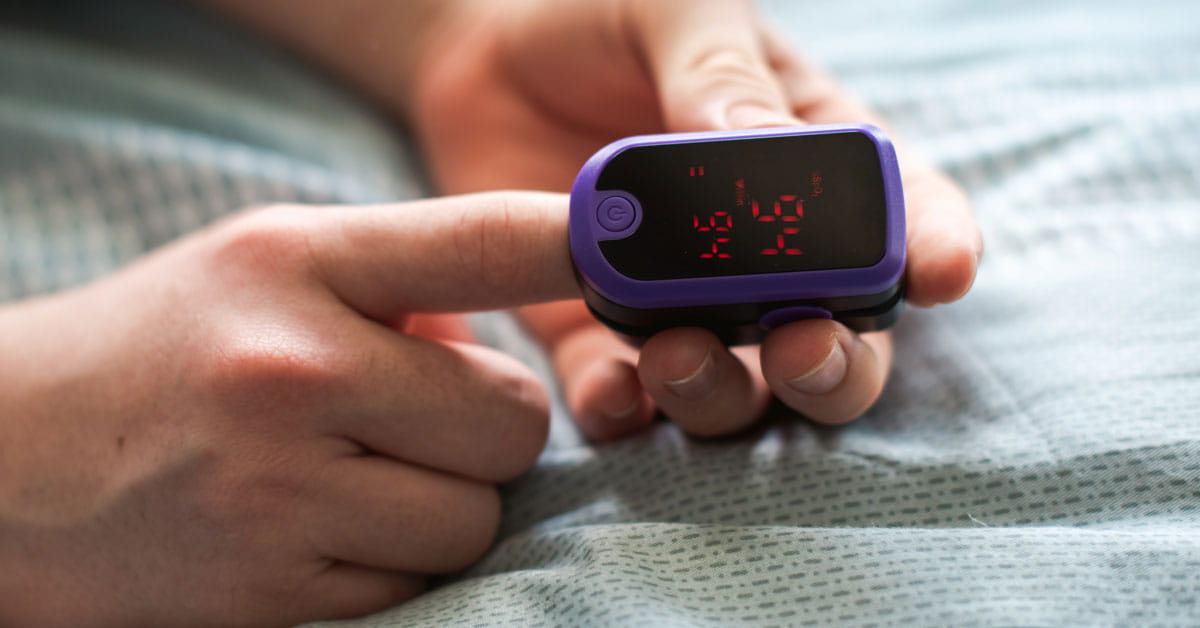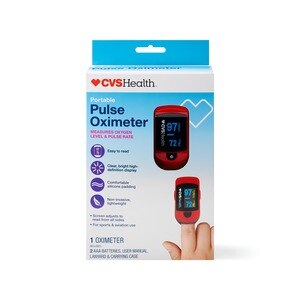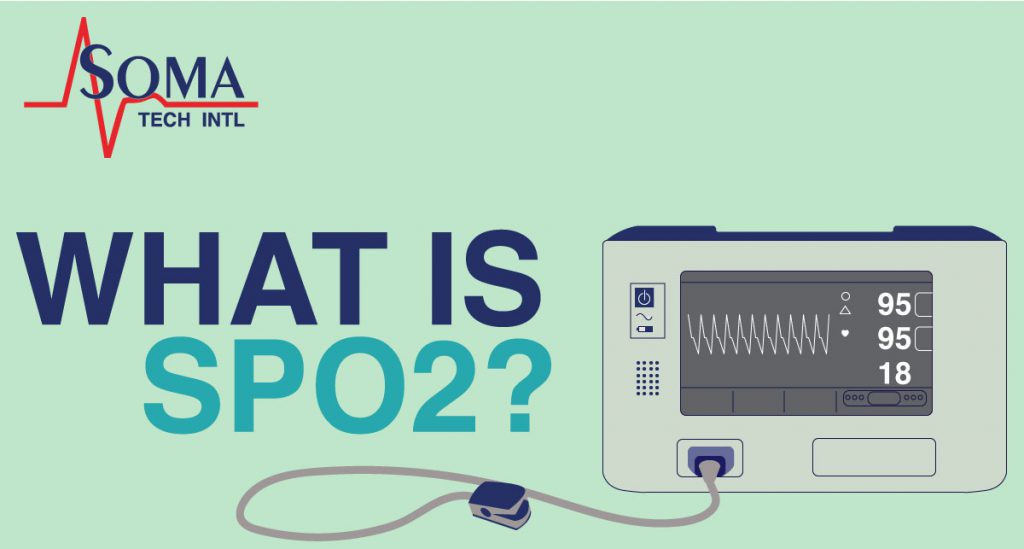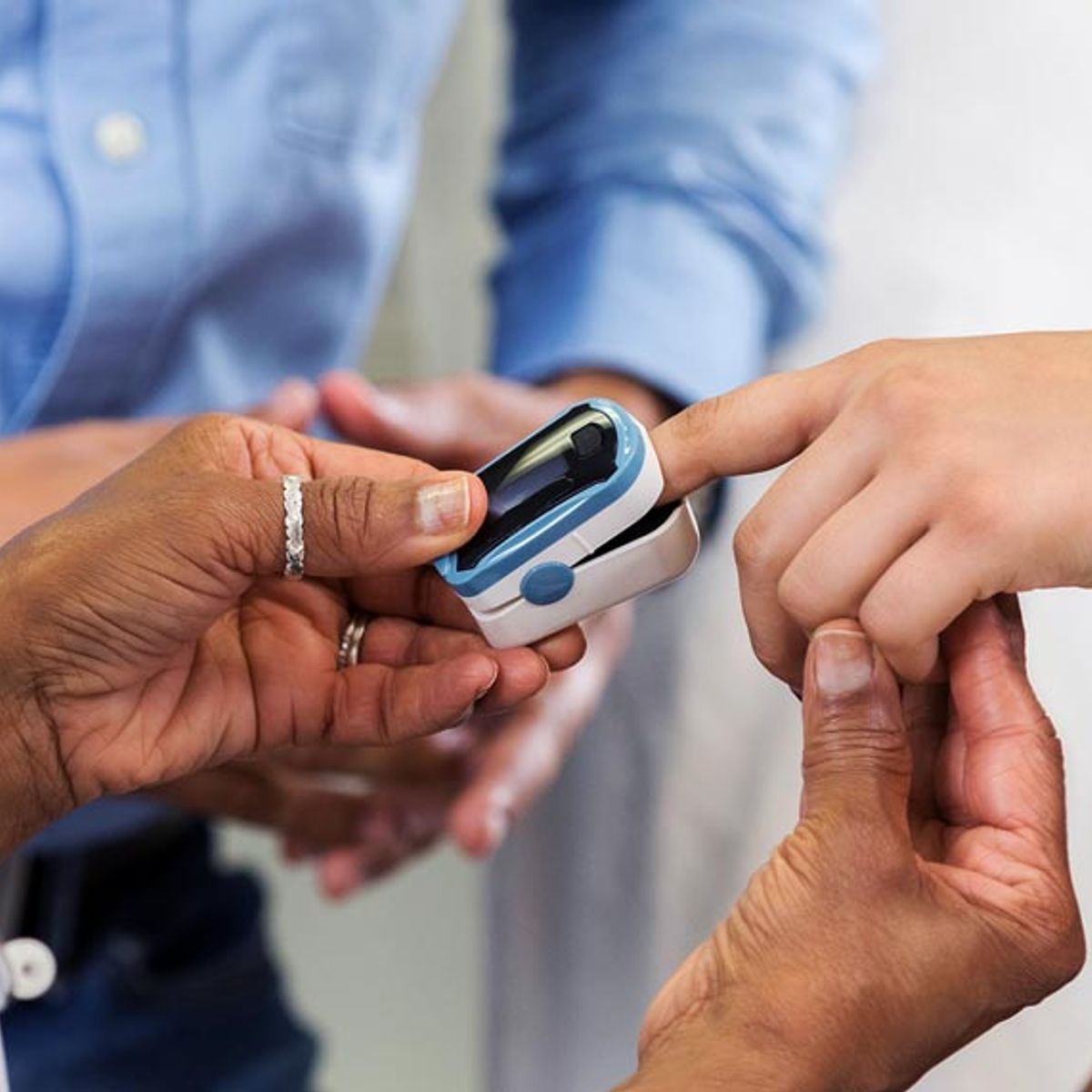Measuring Oxygen Saturation Is Called

A measurement of your blood oxygen is called your oxygen saturation level.
Measuring oxygen saturation is called. Oxygen saturation should always be above 95 percent. Pulse oximetry is useful for people with chronic lung or heart conditions who need to monitor how well oxygen is being sent from the heart and lungs out to the furthest parts of the body. In this method light of a defined wavelength is shone through a part of the tissue at the measurement site and then measured by a photodetector. The properties of the tissue at this point determine the absorption.
A level of 92 percent indicates potential hypoxemia or deficiency in oxygen reaching tissues in the body. It is obtained by drawing blood from an artery such as the radial artery in the wrist or the femoral artery in the groin. If the level is below 90 percent it is considered low and called hypoxemia. Normal arterial blood oxygen saturation levels in humans are 95 100 percent.
You can measure the blood s percentage of oxygen saturation using a pulse oximeter a clip like sensor device that is placed on a thin part of your body such as an earlobe or nose. The value obtained from arterial blood gases or abgs sao2 describes the oxygen saturation of arterial blood. However oxygen saturation may be lower if you have a respiratory disease or congenital heart disease. A pulse oximeter is a small device that can measure the oxygen saturation in your blood.
In medical shorthand you may hear it called a pao 2 when using a blood gas and an o 2 sat spo2 when using a pulse ox. The underlying method for measuring oxygen saturation is called photoplethysmography.
